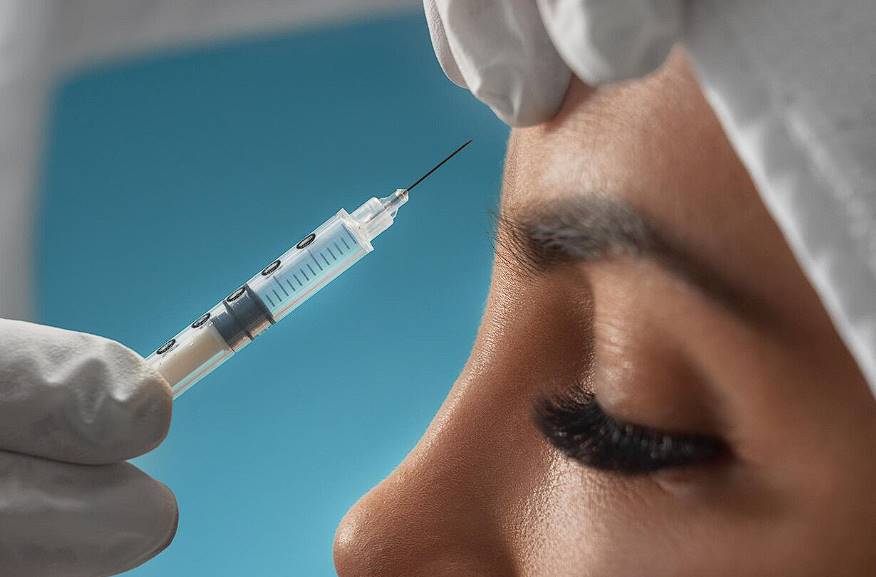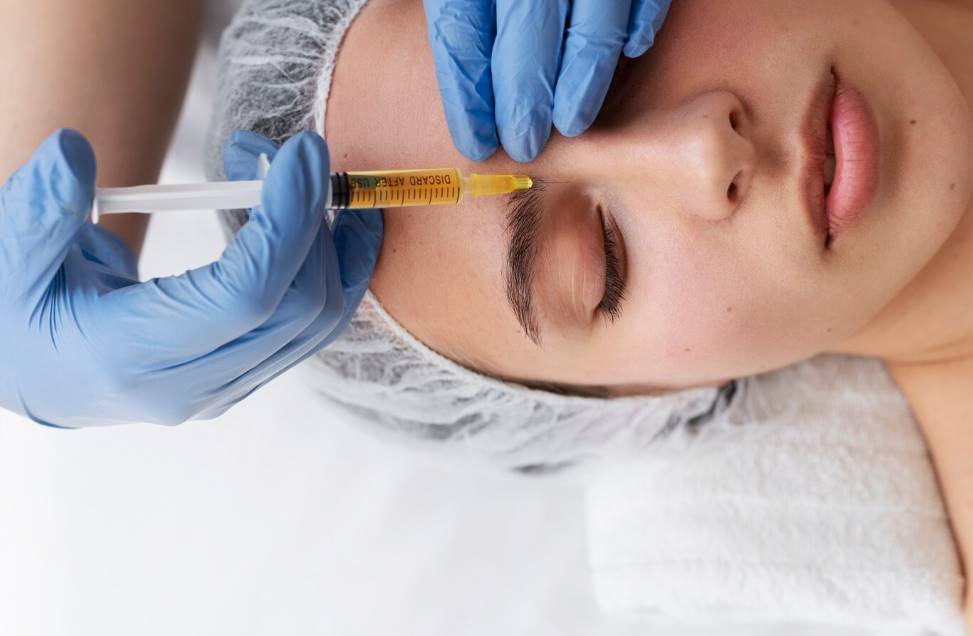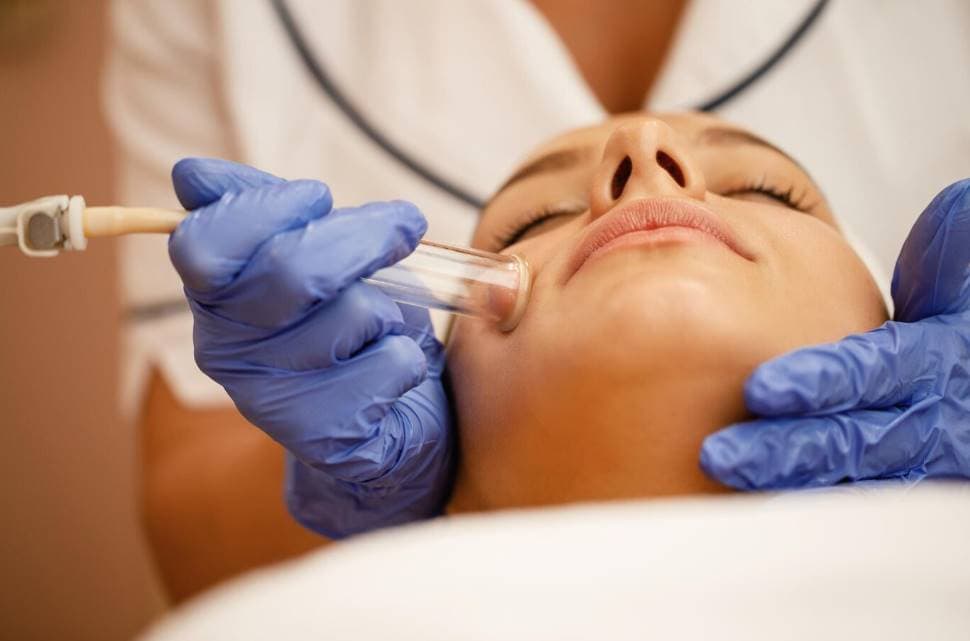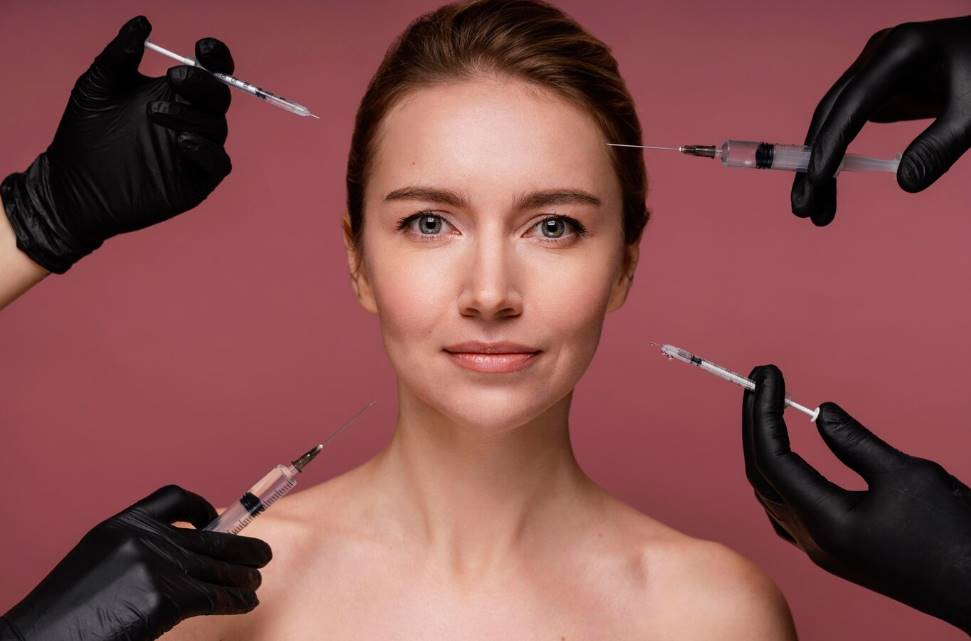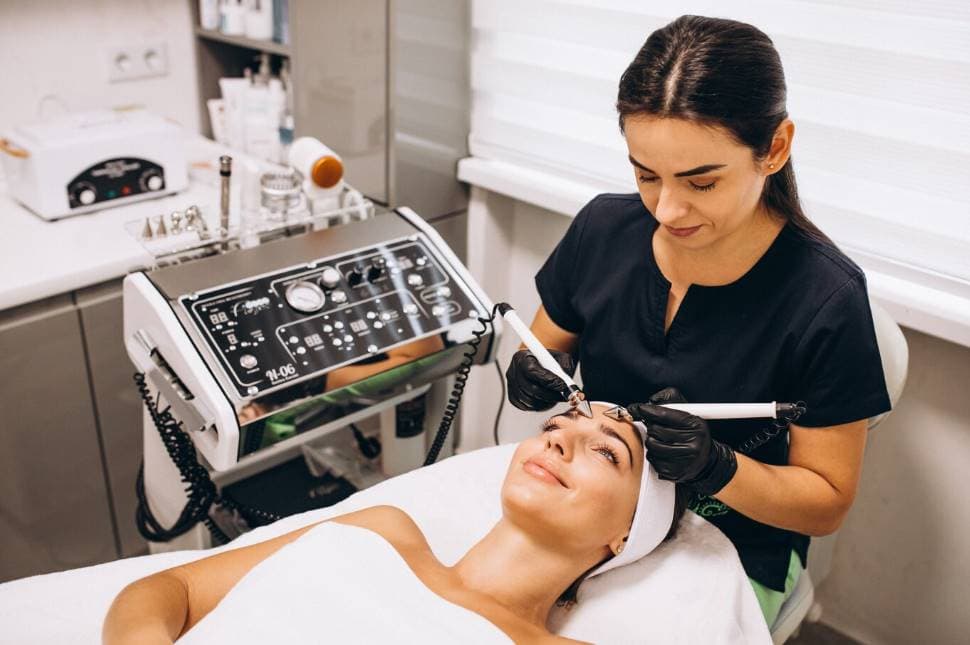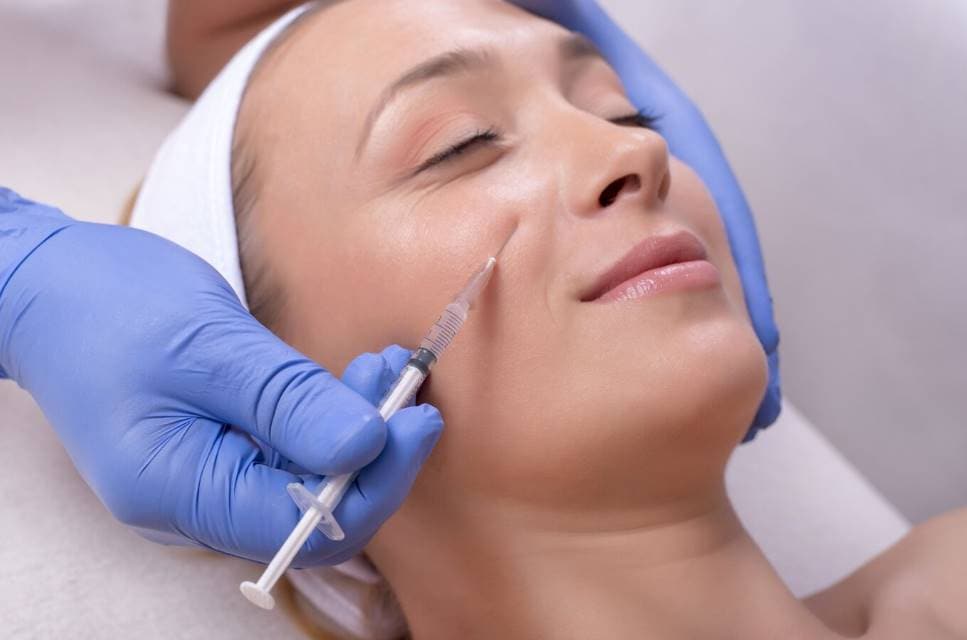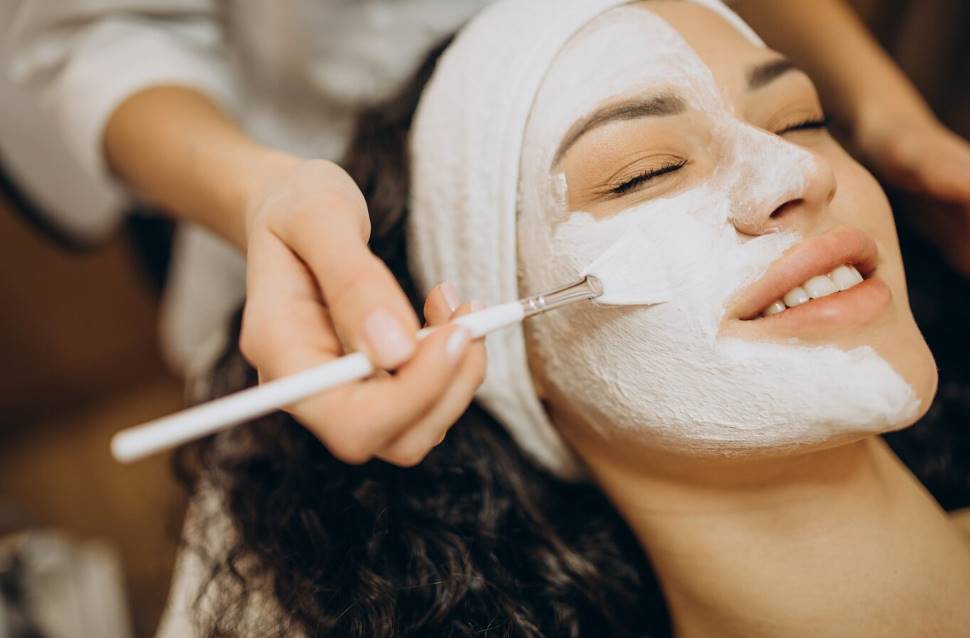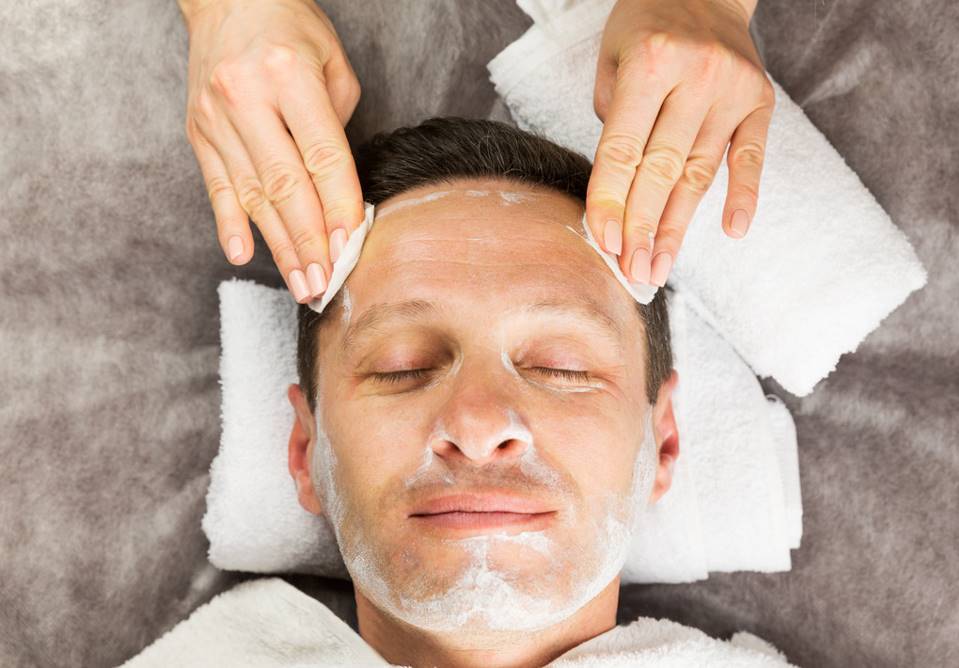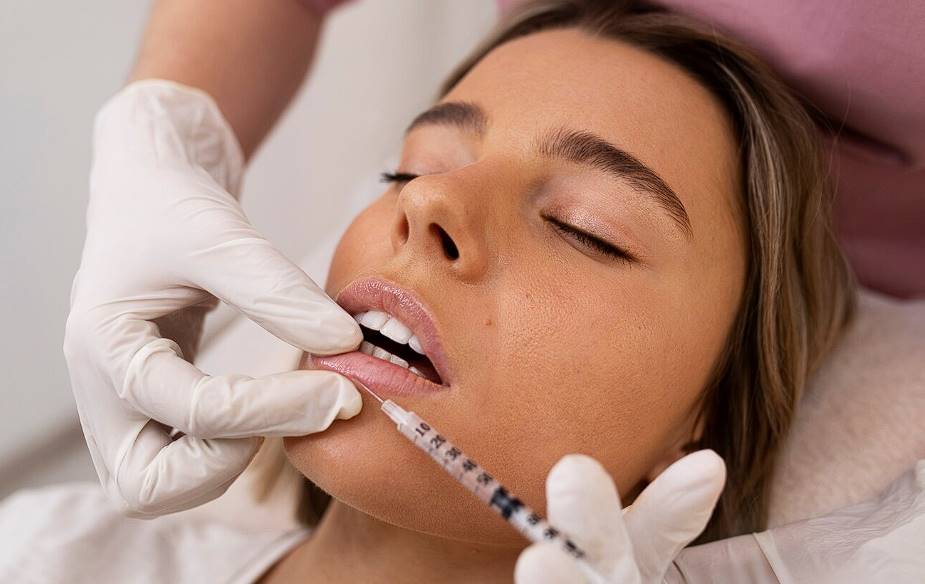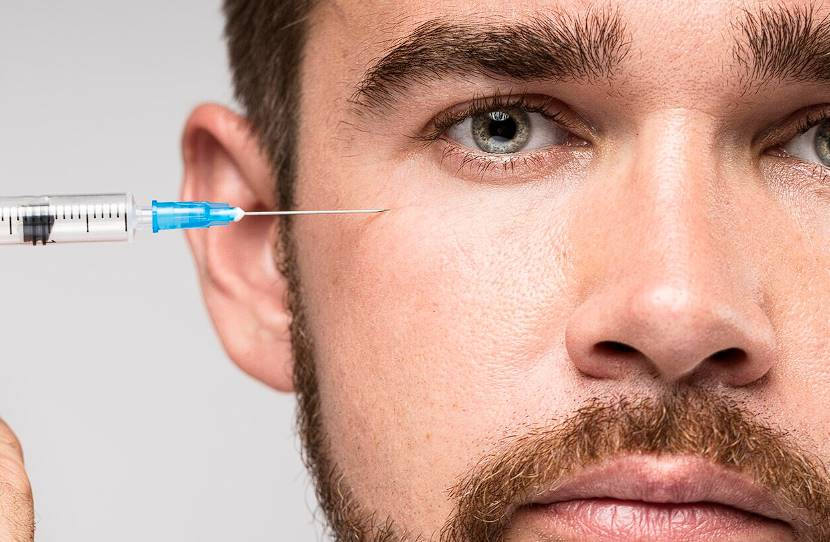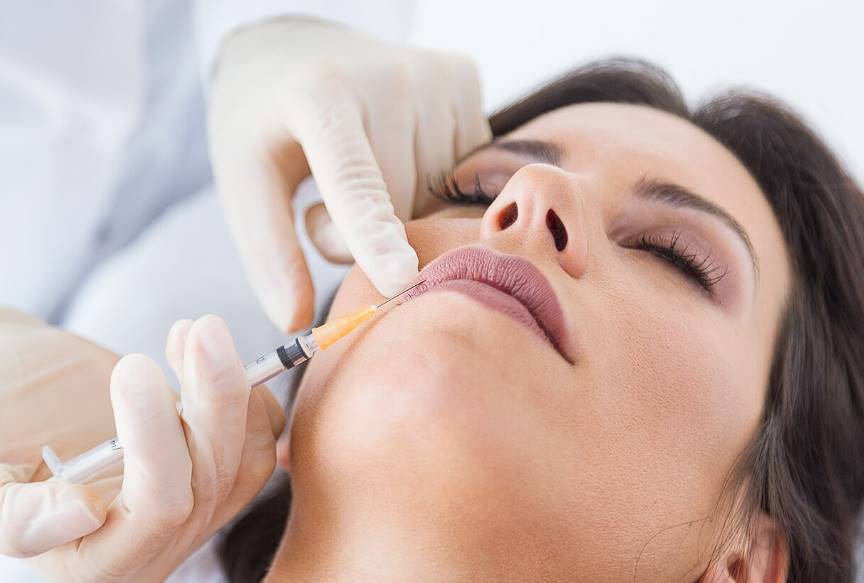Dermal Filler and Botox are the most popular cosmetic injectables people use to improve their look without surgery.
It also changed how people look by allowing them to turn back the clock without surgery. But people thinking about these treatments need to know how long they last.
The results of these treatments that don't involve surgery are impressive, but many people still want to know how long the effects last. In this thorough guide, we'll talk about how long the effects of cosmetic injections last so you'll know exactly what to expect.
What Is a Cosmetic Injectable?
As the name suggests, a cosmetic injectable is a medication a cosmetic surgeon puts under your skin to make you look better. Injectables are simple procedures that don't hurt you much. Botox is the most well-known injectable but is in a class by itself.
Most injectables are called facial fillers; Dermal fillers and Botox are dermal fillers.
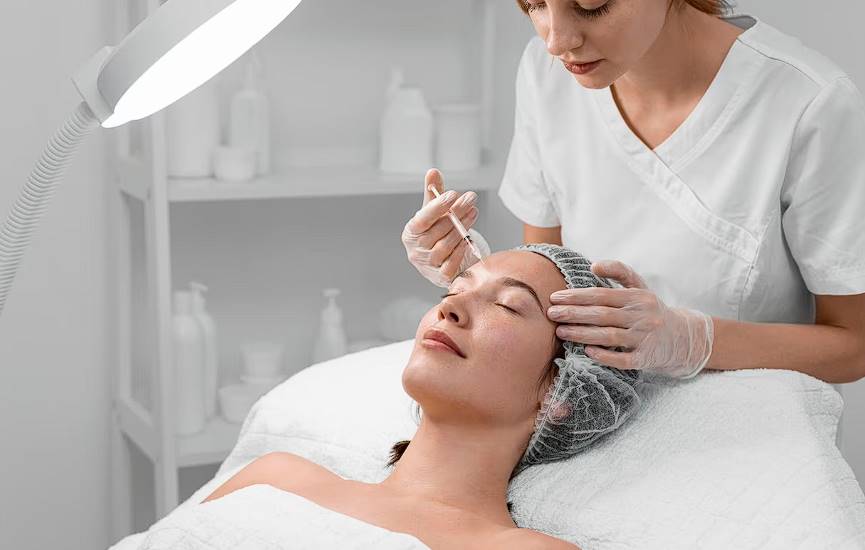
Factors Influencing Durability
How long the effects of cosmetic injectables last depends on many things, such as the type of injectable, how different people are, and how skilled the practitioner is. Lifestyle choices like spending time in the sun and cigarette smoking can also affect how long you live.
The results of dermal fillers vary in how long they last, depending on what the substance being used is made of.
- Polylactic acid fillers, like Sculptra Aesthetic, eliminate deep wrinkles on the face. Some people can have these fillers in their skin for over two years.
- Polymethylmethacrylate dermal fillers have collagen and use tiny spheres that live under the skin to support firm, young skin over the long term. Bellafill is made of PMMA, and it can last forever.
- Calcium Hydroxylapatite fillers, like Radiesse, use tiny pieces of calcium to smooth out deep lines and wrinkles for up to a year.
- Fillers made of Hyaluronic Acid, like Juvéderm, Belotero, and Restylane, last six months to one year before your body naturally absorbs them.
What Makes Results Start to Fade?
Dermal fillers are a short-term fix for problems that come with getting older. They don't last forever, but their components can be broken down by the body, making them a safe choice for people who want to look better.
How long fillers remain depends upon what they are made of and how fast the body breaks down those parts. Once they're metabolised, your body removes them, and your face returns to how it looked before the injection.
Your Metabolism Rate
Two people can get the same injection treatment with the same substance in the same place, but the results can last for different amounts of time for each person. This is due to each person breaking down the product at various rates. Over time, the body breaks down the injectable solution as a natural response to the treatment. How fast this occurs depends on the product used, where the injection is, and how fast your metabolism works.
Area of Injection Matters
The effects of cosmetic injections also depend on where they are used. In general, injectables remain effective longer in places that don't move as much. When the product is moved around a lot, like in the lips, it can break down and disintegrate faster.
Different Products Offer Different Results
The injectable product you use most impacts how long the outcomes will last. There are many different uses and lengths of time for injectables.
Neuromodulators like Botox injections and Dysport briefly relax the facial muscles that cause dynamic wrinkles like crow's feet and forehead creases. Most of the time, the effects last between three to four months.
Fillers made of hyaluronic acid add volume to areas of the face that have lost it, and they also fill in lines and facial wrinkles. They also bring moisture to the treated area, which makes the skin softer and could be used to make lips fuller.
Hyaluronic acid-based fillers like Juvederm are one brand. When injected Juvederm, the effects can last anywhere from six months to two years. Restylane is another filler made of hyaluronic acid, and its effects last between six and twelve months.
Collagen boosters are injections that add the amount to the skin and increase the amount of collagen the body makes. Radiesse is a calcium hydroxylapatite filler that is injected into the skin.
It is used to fix nasolabial folds, frown lines, and sunken cheeks. A synthetic lactic acid filler, Sculptra, is used to smooth out laugh lines and nasolabial wrinkles. The results can last up to two years.
Dermal Fillers
Dermal fillers can get rid of wrinkles and fine lines by restoring collagen that has been lost over time. Dermal fillers often treat marionette lines, hollow cheeks, the area around the lips, and the nasolabial folds.
Dysport
It works like BOTOX Cosmetic because it relaxes the facial muscles to smooth out lines caused by ageing. The most common places where Dysport is used are horizontal lines on the forehead, crow's feet, and vertical ones between the eyebrows. The injectable usually works for three to five months. After that, patients can get more treatments to keep the effects going.
BOTOX
BOTOX Cosmetic helps get rid of wrinkles and fine lines by stopping the muscle from tightening all the way. The injectable is frequently applied to treat straight forehead lines, crow's feet, and vertical folds between the eyebrows. Results usually last between three and six months, but we suggest touch-up procedures at three to six months intervals to keep the best results.
Ways To Extend Your Results
You can take some easy and effective steps to make your results last longer. Some actions are easy and doable, while others will take discipline and a strong desire to live a healthy life.
Once you see how this treatment can improve your looks, you'll love the outcomes so much that you'll do what it takes to keep them and make them last as long as attainable.
MINIMISE UV EXPOSURE
Too much UV light is one of the most common ways to hurt your skin. Protecting yourself from the sun's rays daily can help you keep the results of skincare therapies. Wear broad-spectrum sunscreen with an SPF of 45 or higher when you go out in the sun to protect your skin from UV rays.
Choose Your Injector Wisely
Choosing a good injector is only one way to get the best results that last the longest. Cosmetic injectables can be given to anybody in a white coat, but not everyone has the same knowledge and expertise.
CONSISTENT SKINCARE
Keeping your skin hydrated and moist can also help you keep the results of your treatment. If you drink a lot of water, your skin will stay hydrated, and hyaluronic acid fillers will work better. After the procedure, we can suggest skincare products that will help your filler work better.
Exercise Your Muscles
Even though it goes against the entire purpose of Botox, working out your muscles after a treatment is a good way to make certain that the components are spread evenly in the treatment area. If you work out muscles in the treated area, you may start to see results within 72 hours and the final results in 10 days instead of 14 days.
AVOID STRESS
Stress can speed up the aging process and worsen the signs of getting older. Even though stress is a normal part of life and hard to avoid, lowering your stress levels can help your body in many ways.
One way to make the effects of your injectable therapy last longer is to avoid unnecessary sources of stress. Adding stress-relieving activities like yoga or meditation can also be helpful.
Don't Touch Your Face
Stress can speed up the aging process and worsen the signs of getting older. Even though stress is a normal part of life and hard to avoid, lowering the stress level can help your body in many ways.
One way to make the effects of your injectable therapy last longer is to avoid unnecessary sources of stress. Adding stress-relieving activities like yoga or meditation can also be helpful.
Schedule Your Maintenance Treatments
Neuromodulators have effects that last for a long time, but not forever. The easiest way to keep your results is to pay close attention to them. Schedule an additional treatment when you notice a wrinkle coming back or your muscles moving again in the treated area.
This will ensure you get the same results every time and keep your appearance from getting messed up.
What We Can't Control
People with faster metabolisms will see shorter filler leads because their systems will break down the filler compound faster than those with a slower metabolism. This is also true for treatments like BOTOX and Dysport.
A faster metabolism is good because it means our bodies utilise fat and calories faster and don't store them in places we don't want, like our buttocks, thighs, and stomachs.
So, having a rapid metabolism is a Catch-22 as it pertains to fat mass vs. fillers, but there are things people can do to ensure their fillers last as long as possible.
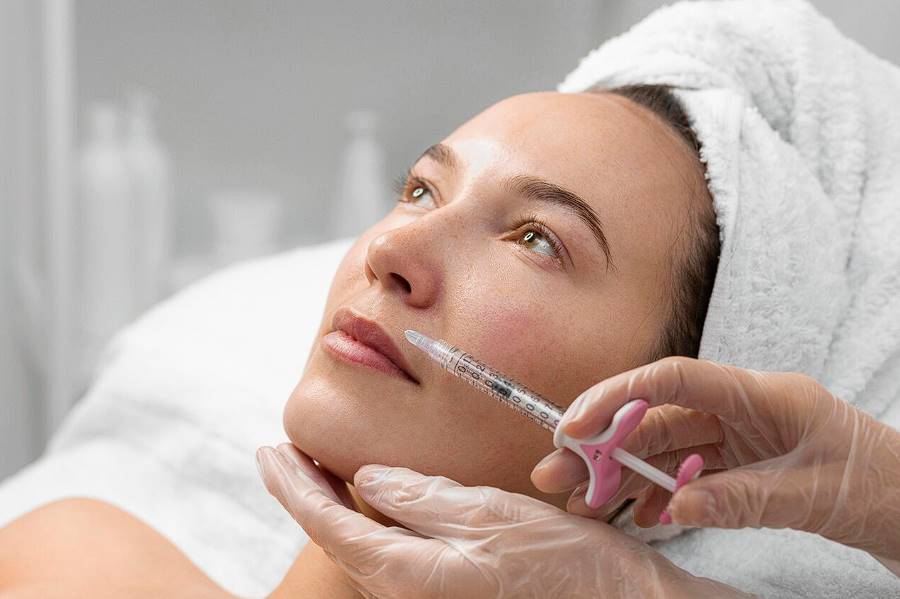
What Distinguishes Botox From Fillers?
Dermal Filler and Botox are anti-aging injections that improve wrinkles and lines, but they aren't the same. They do different things to reach the same goal. Botox works by stopping the facial muscles from contracting for a short time.
This stops the face from making lines and wrinkles. Dermal fillers fill in hollow spots and eliminate wrinkles and fine lines by adding volume and plumping up the skin from what's inside out.
Fillers' effects last longer than those of neurotoxins like Botox. The effects of Botox can last between three and four months, while the effects of fillers can last between two and five years. Both are good at treating the symptoms of ageing, and you can use them together to reach your beauty goals.
Conclusion
Cosmetic injectables, such as Dermal Filler and Botox, are simple procedures used to improve one's appearance without surgery. The duration of these effects depends on factors such as the type of injectable, individual characteristics, and the practitioner's skill. Lifestyle choices like sun exposure and cigarette smoking can also affect the duration of life.
Results of dermal fillers vary depending on the substance used, such as Polylactic acid fillers like Sculptra Aesthetic, Polymethylmethacrylate dermal fillers like Bellafill, Calcium Hydroxylapatite fillers like Radiesse, and Hyaluronic Acid fillers like Juvéderm, Belotero, and Restylane. The body breaks down the fillers at different rates, and the area of injection also affects the duration of results.
Different injectable products offer different results, with neuromodulators like Botox and Dysport relaxing facial muscles, while hyaluronic acid-based fillers like Juvederm and Restylane add volume and moisture to treated areas. Collagen boosters, like Radiesse and Sculptra, increase collagen production and can last up to two years.
In summary, cosmetic injectables are a safe and effective solution for improving one's appearance without surgery. However, the duration of results depends on factors such as the type of injectable, individual characteristics, and the area of injection.
Dermal fillers and Dysport are anti-aging injections used to treat wrinkles and fine lines by restoring collagen lost over time. Dysport relaxes facial muscles, while BOTOX Cosmetic targets straight forehead lines, crow's feet, and vertical folds between the eyebrows. Results usually last between three and six months, with touch-up procedures recommended at three to six months intervals.
To extend results, individuals can take steps such as minimizing UV exposure, choosing a good injector, maintaining consistent skincare, exercising muscles, avoiding stress, and not touching the face. Lowering stress levels and scheduling maintenance treatments can help maintain the effects of injectable therapy.
Furthermore, people with faster metabolisms may see shorter filler leads due to faster breakdown of filler compounds. This is also true for treatments like BOTOX and Dysport.
Botox and Dysport are both effective in treating ageing symptoms, but they differ in their effects. Botox works by stopping facial muscle contractions, while fillers fill in hollow spots and eliminate wrinkles and fine lines by adding volume and plumping up the skin from within.
Botox's effects last longer than those of fillers, with Botox lasting between three and four months and fillers lasting between two and five years. Both treatments can be combined to achieve beauty goals.
Content Summary
- Dermal Filler and Botox are favoured choices for non-surgical aesthetic enhancement.
- They offer a way to turn back the clock without surgery.
- Understanding the duration of cosmetic injectable results is crucial.
- This comprehensive guide delves into the longevity of cosmetic injections.
- Cosmetic injectables are substances placed beneath the skin for aesthetic improvement.
- Botox stands as a distinguished member in the world of injectables.
- Factors like the injectable type and individual differences affect durability.
- Lifestyle choices, such as sun exposure and smoking, play a role.
- Dermal fillers' lifespan varies based on their composition.
- Polylactic acid fillers, like Sculptra Aesthetic, target deep wrinkles and can last over two years.
- Polymethylmethacrylate fillers, such as Bellafill, offer long-lasting results.
- Calcium Hydroxylapatite fillers, like Radiesse, smooth deep lines for up to a year.
- Hyaluronic Acid fillers, like Juvéderm, last six months to a year.
- The body's metabolism rate influences how long results endure.
- The injection area's motion affects the longevity of cosmetic injections.
- Neuromodulators like Botox last around three to four months.
- Hyaluronic acid-based fillers, like Juvederm, offer effects lasting six months to two years.
- Collagen boosters like Radiesse and Sculptra can last up to two years.
- Dermal fillers combat wrinkles, marionette lines, and hollow cheeks.
- Dysport relaxes facial muscles, targeting lines on the forehead and crow's feet.
- BOTOX Cosmetic stops muscle contraction, treating forehead lines and crow's feet.
- Touch-up procedures are recommended to maintain BOTOX results.
- UV protection helps preserve post-treatment results.
- Choosing a skilled injector is vital for lasting effects.
- Consistent skincare and hydration support filler longevity.
- Exercising treated muscles can help distribute filler evenly.
- Stress reduction aids in prolonging the effects of injectables.
- Avoiding face-touching contributes to lasting results.
- Schedule maintenance treatments to keep results consistent.
- Metabolism affects the breakdown of filler compounds.
- Rapid metabolism has advantages and disadvantages for filler longevity.
- Botox and fillers serve distinct purposes in anti-ageing.
- Botox inhibits facial muscle contractions, preventing lines.
- Fillers add volume and plump the skin, reducing wrinkles.
- Fillers generally offer longer-lasting results than Botox.
- Botox effects last around three to four months.
- Fillers can provide results lasting two to five years.
- Both treatments can be combined to achieve desired results.
- Understanding the differences between injectables is crucial.
- Longevity depends on the type of injectable chosen.
- Factors such as lifestyle and individual metabolism play a role.
- Dermal fillers target various concerns, from hollow cheeks to nasolabial folds.
- Dysport effectively treats forehead lines and crow's feet.
- BOTOX Cosmetic is ideal for forehead lines and crow's feet.
- Regular touch-up treatments help maintain BOTOX effects.
- UV protection is essential for preserving post-treatment results.
- Skilled injectors are crucial for achieving lasting effects.
- Hydration and skincare support filler longevity.
- Muscle exercises can aid in even filler distribution.
- Stress management and avoiding face-touching contribute to prolonged results.
Frequently Asked Questions
No, most cosmetic injectables offer temporary results, and touch-up treatments are typically required to maintain the desired appearance.
Individual responses to injectables can vary based on factors like metabolism and the type of injectable used.
Many individuals achieve comprehensive results by combining different injectables to address multiple concerns simultaneously.
There is no specific age limit, but the suitability of injectables depends on individual goals and health considerations. Consultation with a provider is essential.
Yes, most people can resume their normal activities right after injectable treatments. However, some temporary side effects like swelling or bruising may occur.
